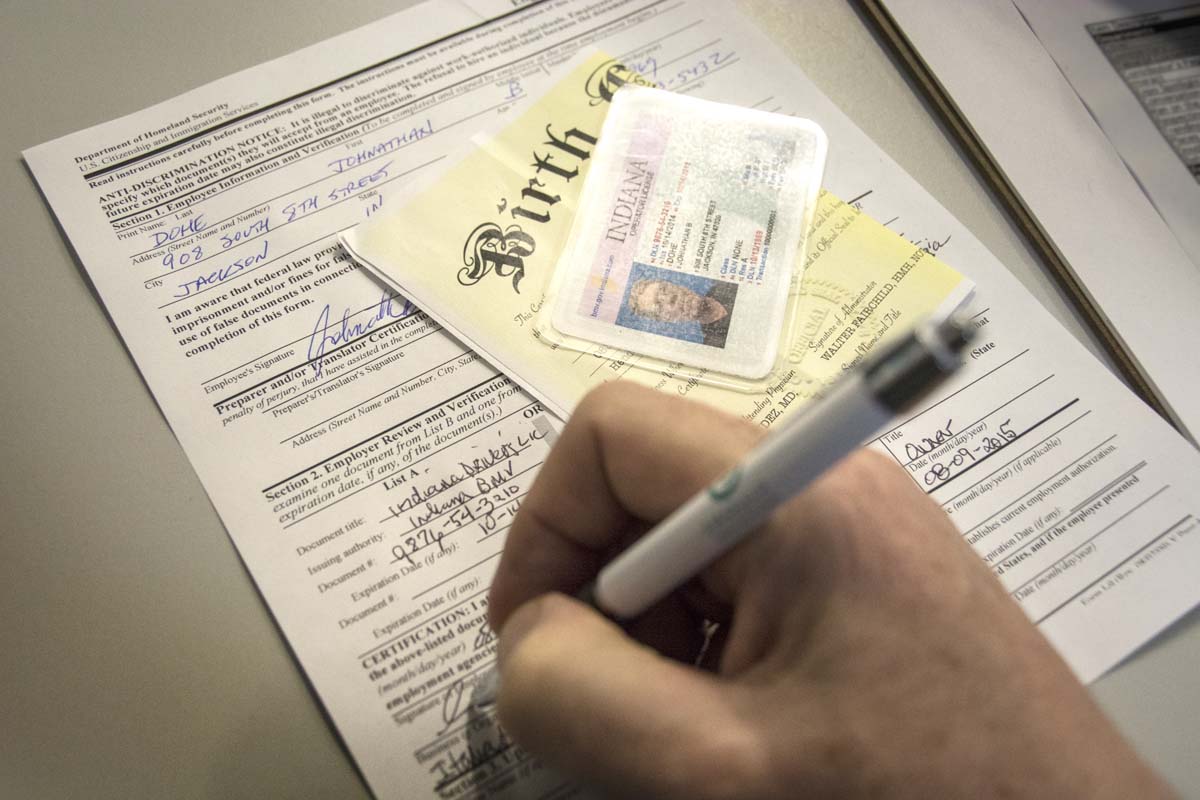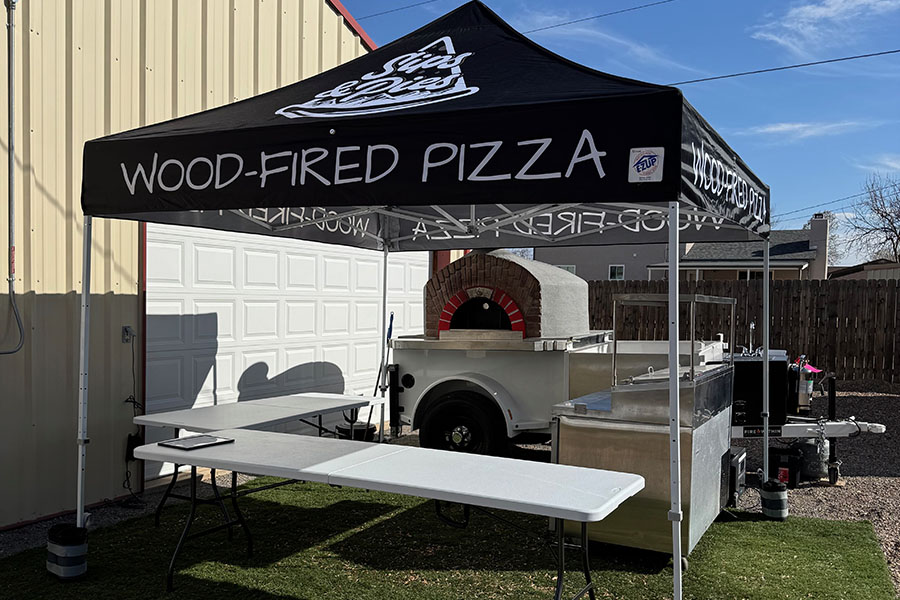
Don’t make these Department of Labor mistakes
In the May issue of Pizza Today we discussed how easy it is for pizzeria operators to run afoul of Department of Labor (DOL) regulations, despite all good intentions to the contrary. With DOL audits on the upswing, restaurants have been on the receiving end of heightened attention from the agency, hence the need to put your operations under exacting scrutiny. Ryan Holdan, president and founder of Paymasters Inc., says there are five areas where pizzeria operators tend to make mistakes that could get them into trouble with the DOL. Holdan, whose Birmingham, Michigan, company provides payroll, HR and time and attendance solutions for the restaurant industry, lists these as the under-reporting of tips, minimum wage violations, overtime wage violations, I-9 violations, and poor or non-existent recordkeeping/HR policies. We covered the first two in the May article. In this one, we examine the remaining three.
• Overtime wage violations. There are two mistakes Holdan frequently sees. The first is using the tipped rate of pay to calculate overtime. For tipped employees whose pay rate falls below minimum wage, rather than multiplying the tipped rate by 1.5 to arrive at the overtime rate, pizza restaurant operators must instead use the minimum wage as the base rate to calculate overtime. Example: the current federal minimum overtime rate is $10.88 ($7.25 x 1.5). Next, they need to calculate and subtract the effective tip credit from the overtime rate of pay, multiplying that figure by the number of overtime hours.
The second error is failing to use a weighted average rate when calculating overtime rates for employees with multiple rates of pay. “If an employee has two rates of pay, you cannot use only the pay rate in which the overtime hours were worked,” Holdan explains. Instead, operators must calculate a weighted average rate of pay to determine the correct overtime rate.
• I-9 violations. Here, poor record keeping can put pizzeria operators right in the line of DOL fire. There are exacting requirements when it comes to correctly managing I-9 files, says Maria Dwyer, an attorney with Clark Hill, PLC. The nationwide, full-service law firm, headquartered in Detroit, includes a team of attorneys specializing in the food, beverage and hospitality industries. These files must be:
- Kept separate and away from other records.
- Created within three days of the employee’s hire.
- Retained for three years after hire or one year after termination.
“Also, when completing a Form I-9, the employer representative must be in front of the person/potential employee to verify the required two pieces of identification provided,” Dwyer says. “In some cases, an applicant attempts to turn in this form via fax or e-mail and this method isn’t acceptable for Form I-9 completion.”
Pizzeria operators must be able to produce I-9s and supporting documents for every employee, says Holdan. This can be challenging for restaurants in general because of the industry’s typically high turnover, along with absent or inadequate HR procedures that would facilitate better record keeping.
“Owners and managers also tend to rush the paperwork process, and therefore they fail to get the I-9 forms and get them from everyone,” Holdan says. “But they need to because if they can’t produce these documents, the fines can be ruinous for a business.”
• Poor or absent HR policies. It’s common for restaurants, especially smaller ones, to lack even the most basic HR policies, record keeping or documentation, says Holdan. This can place a restaurant at a huge disadvantage if audited by the DOL or the IRS, especially where it concerns tip policies and tip payouts.
Rose Bolzan, owner of a Jet’s Pizza franchise located in Lawrenceville, Georgia, believes this is a real danger area for restaurant operators. Consequently, with the help of an attorney and the company managing her payroll, she developed an employee manual addressing all aspects of her operations.
Some of the areas covered in the manual include the tip policy (employees must report all tips, cash or credit card sales); uniforms/appearance; social media; cell phone use (not allowed and if used during work, grounds for immediate dismissal); behavioral expectations; discipline policies; employee food purchases; workplace safety; rest and meal policies; equal opportunity; sexual harassment and more.
The manual is given to each employee at the point of hire, and either Bolzan or one of her managers reviews it with the employee, highlighting certain sections in particular. Employees are required to sign specific pages, among them the I-9 form. Bolzan turns to the manual regularly. If she makes a verbal request and the employee doesn’t respond appropriately, she uses it to reiterate her expectations and the employee’s obligations.
She also believes in documenting. For example, employees are alerted to any policy changes via messages placed on the POS system. Before an employee can punch into this system, which starts their time clock, they must read the message; the POS system then documents that the message has been read.
“I can see how, if I didn’t have this manual and document like I do, how vulnerable my business would be,”
says Bolzan. “Especially since for most of my employees, this restaurant is their first work experience.”
Pamela Mills-Senn is a freelancer specializing in writing on topics of interest to all manner of businesses. She is based in Long Beach, California.







